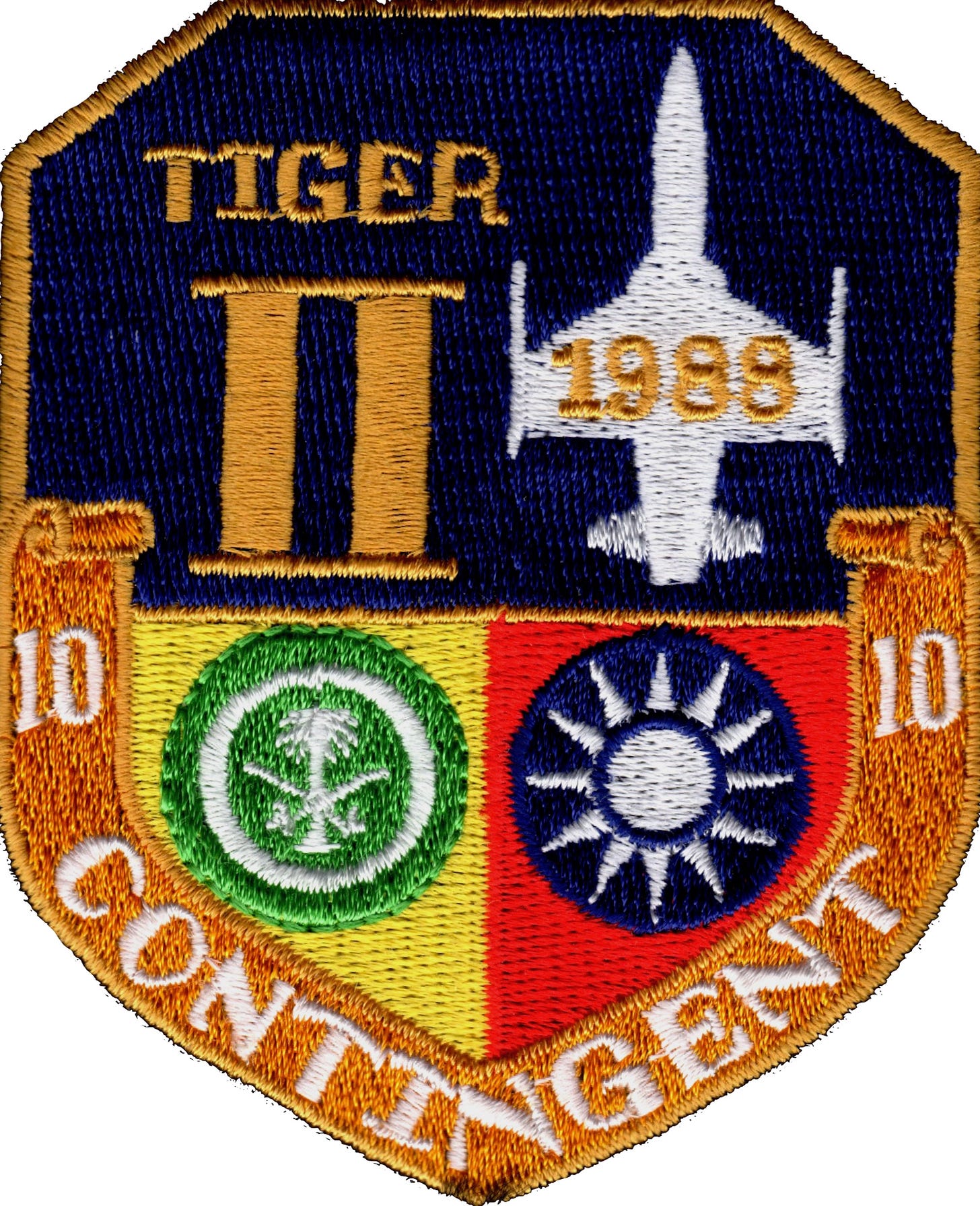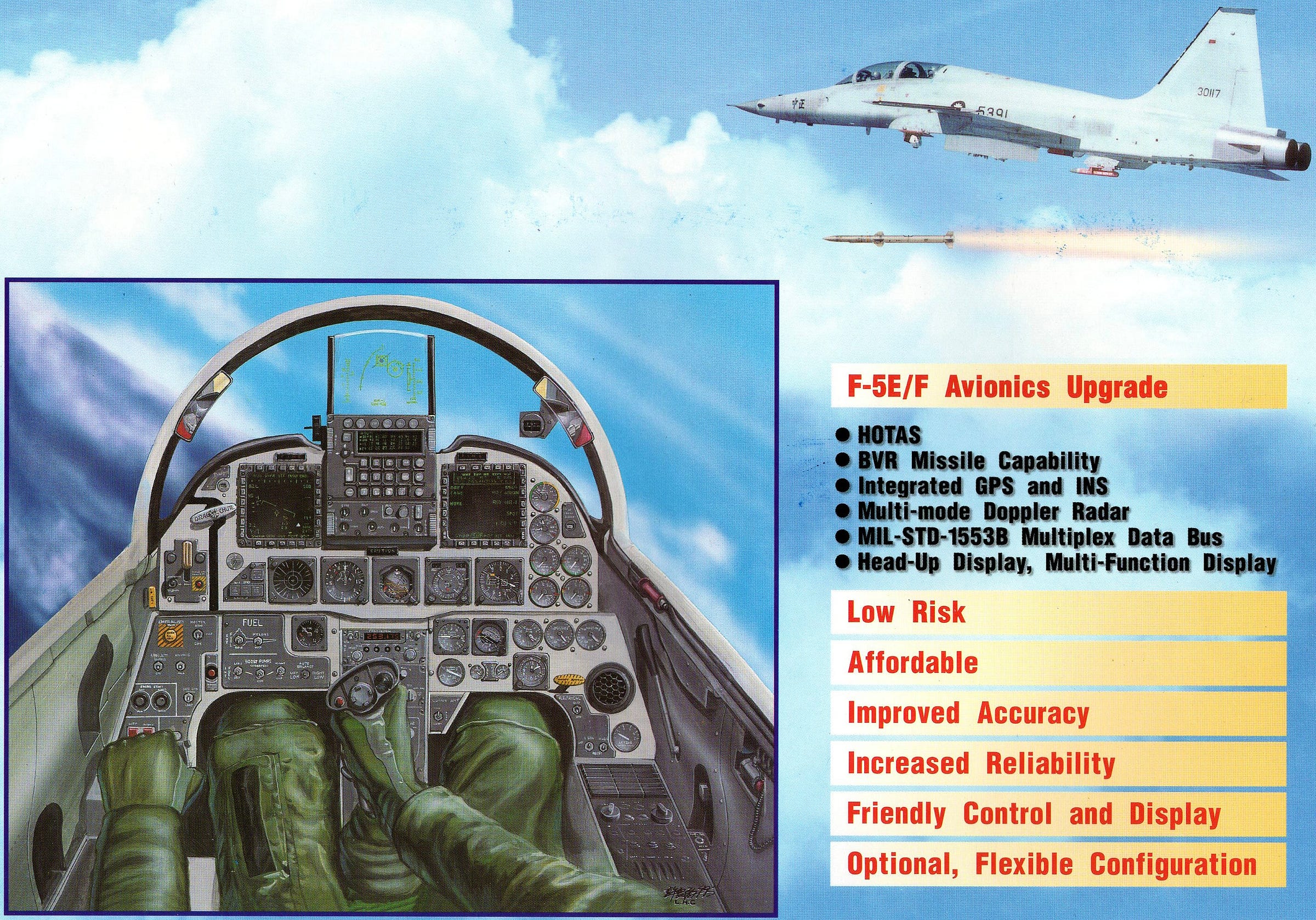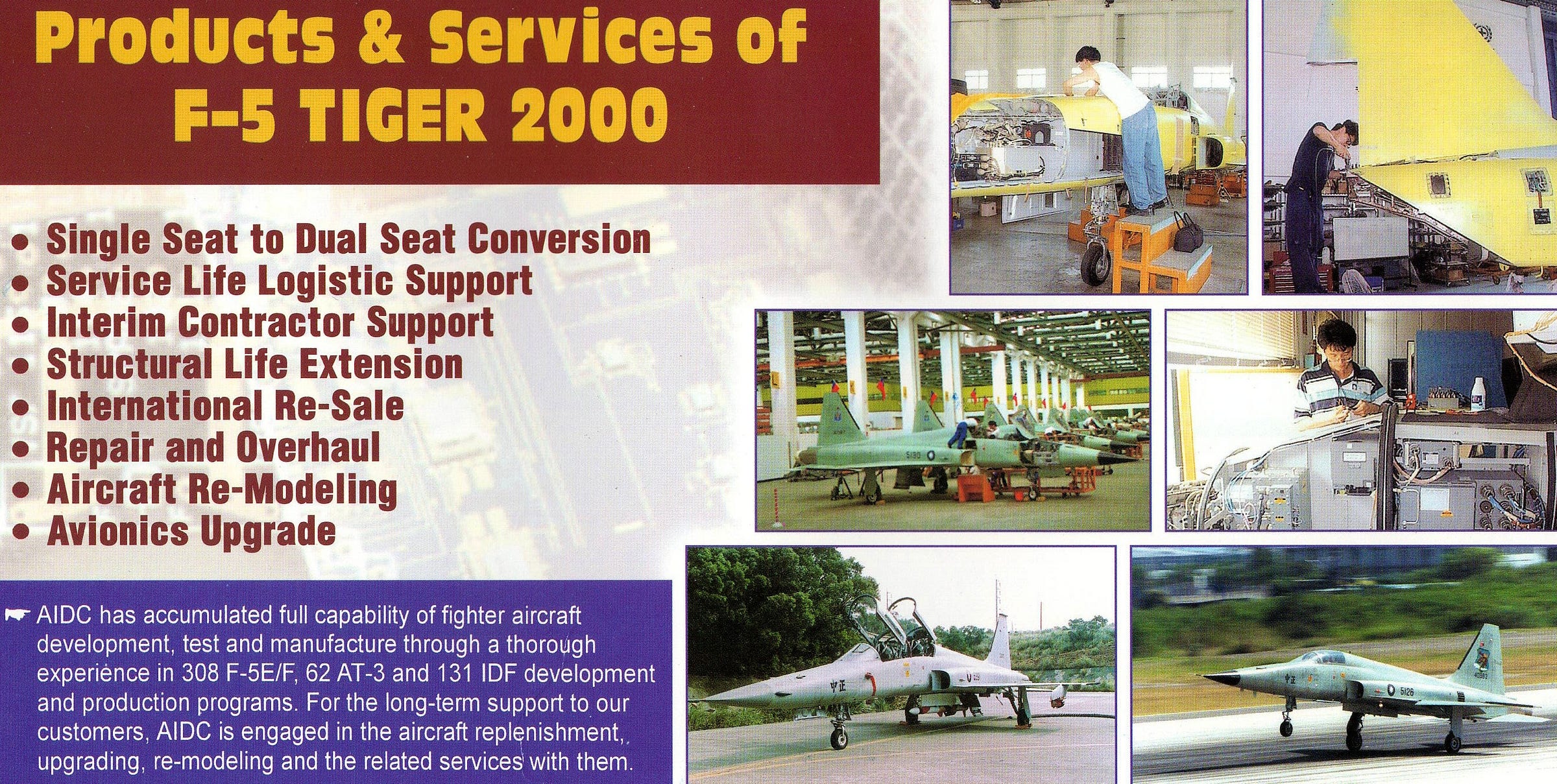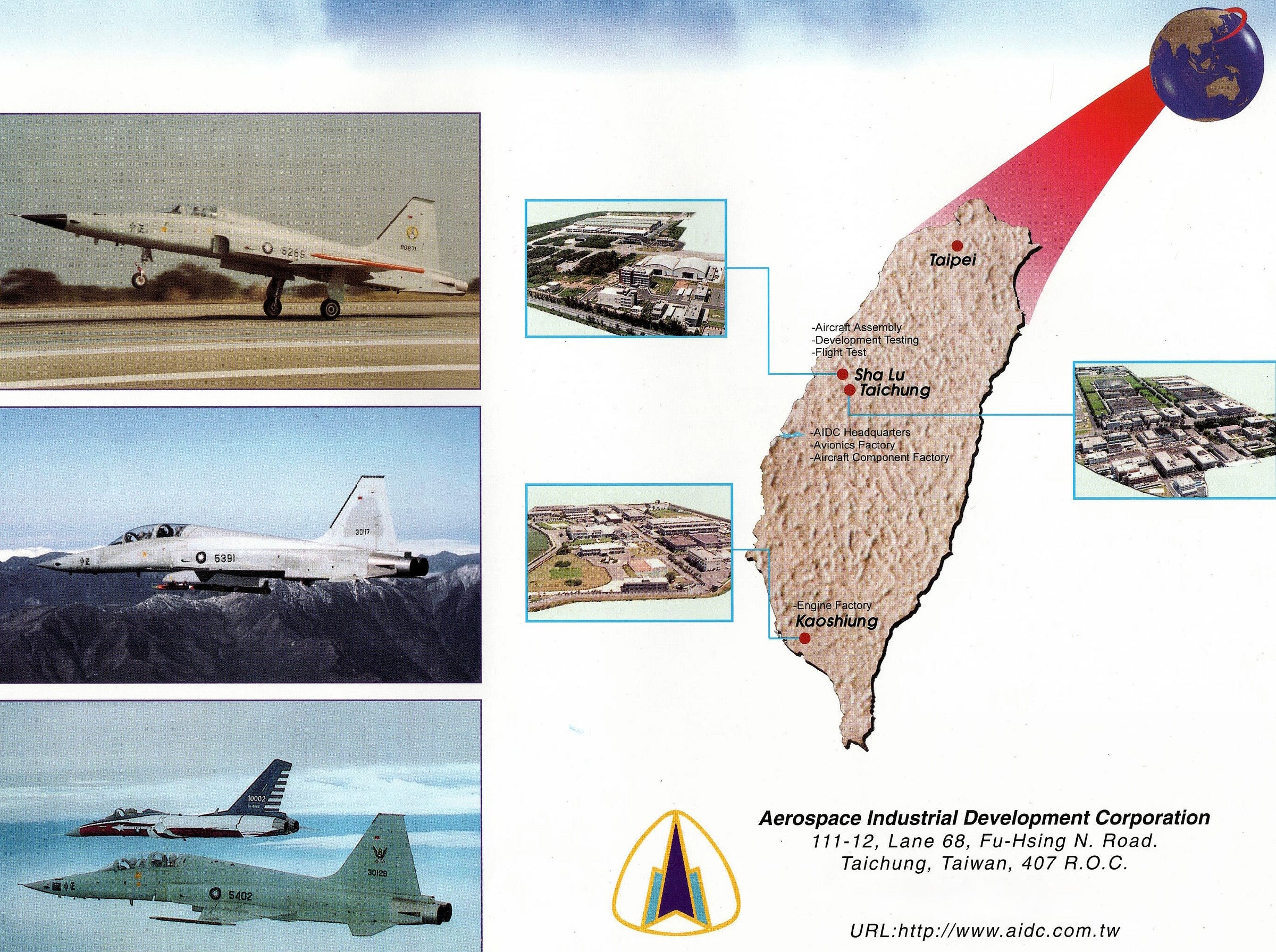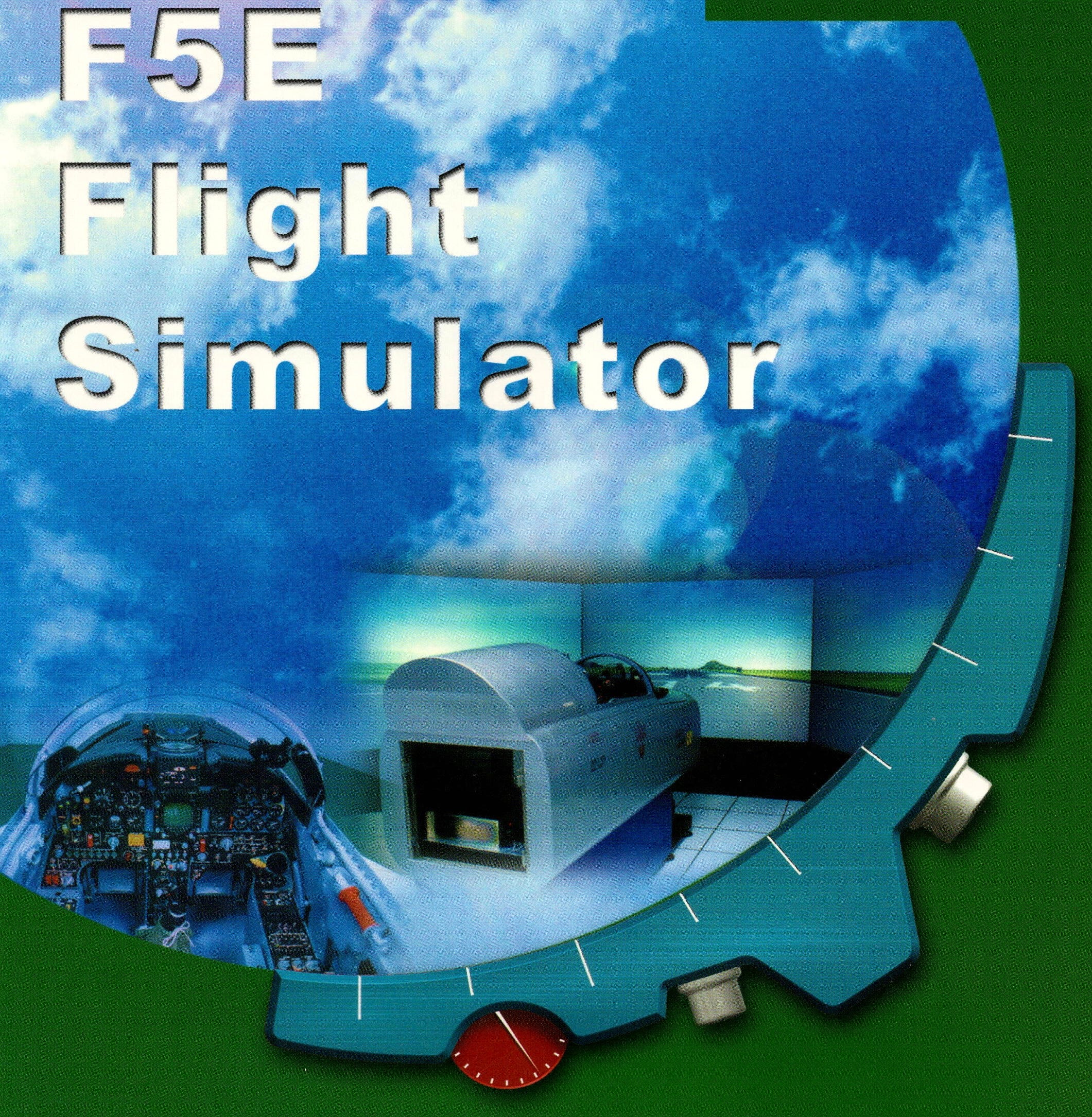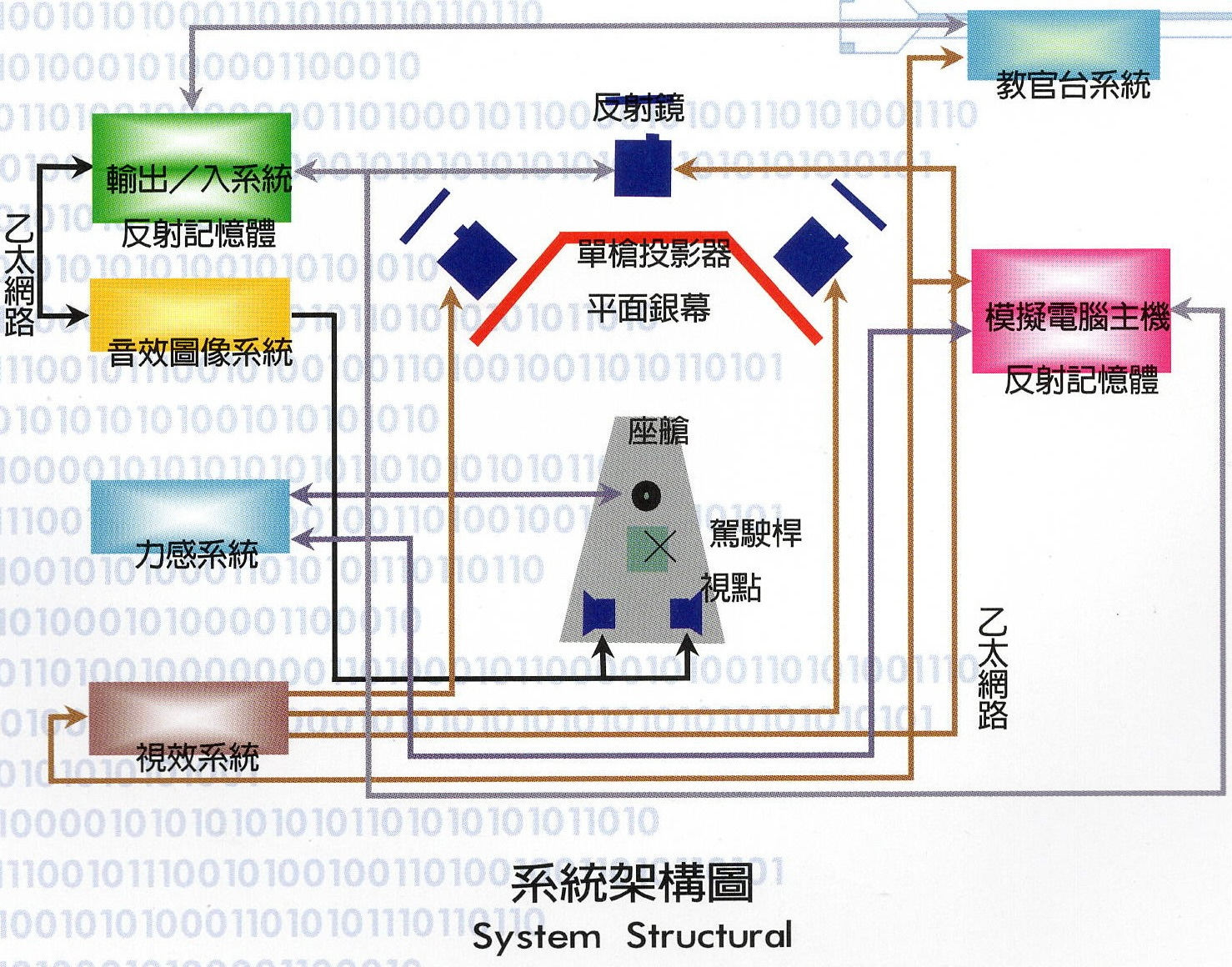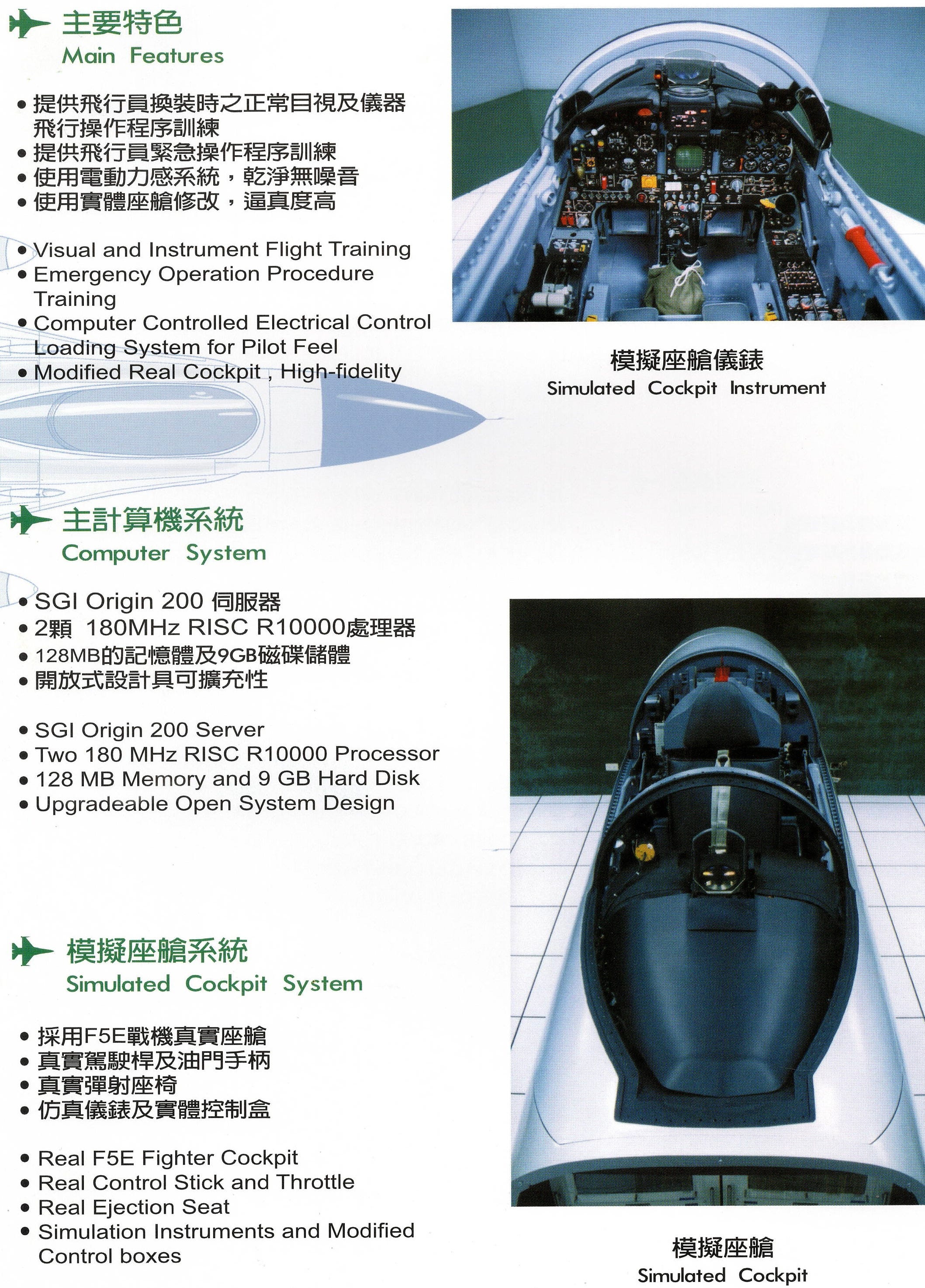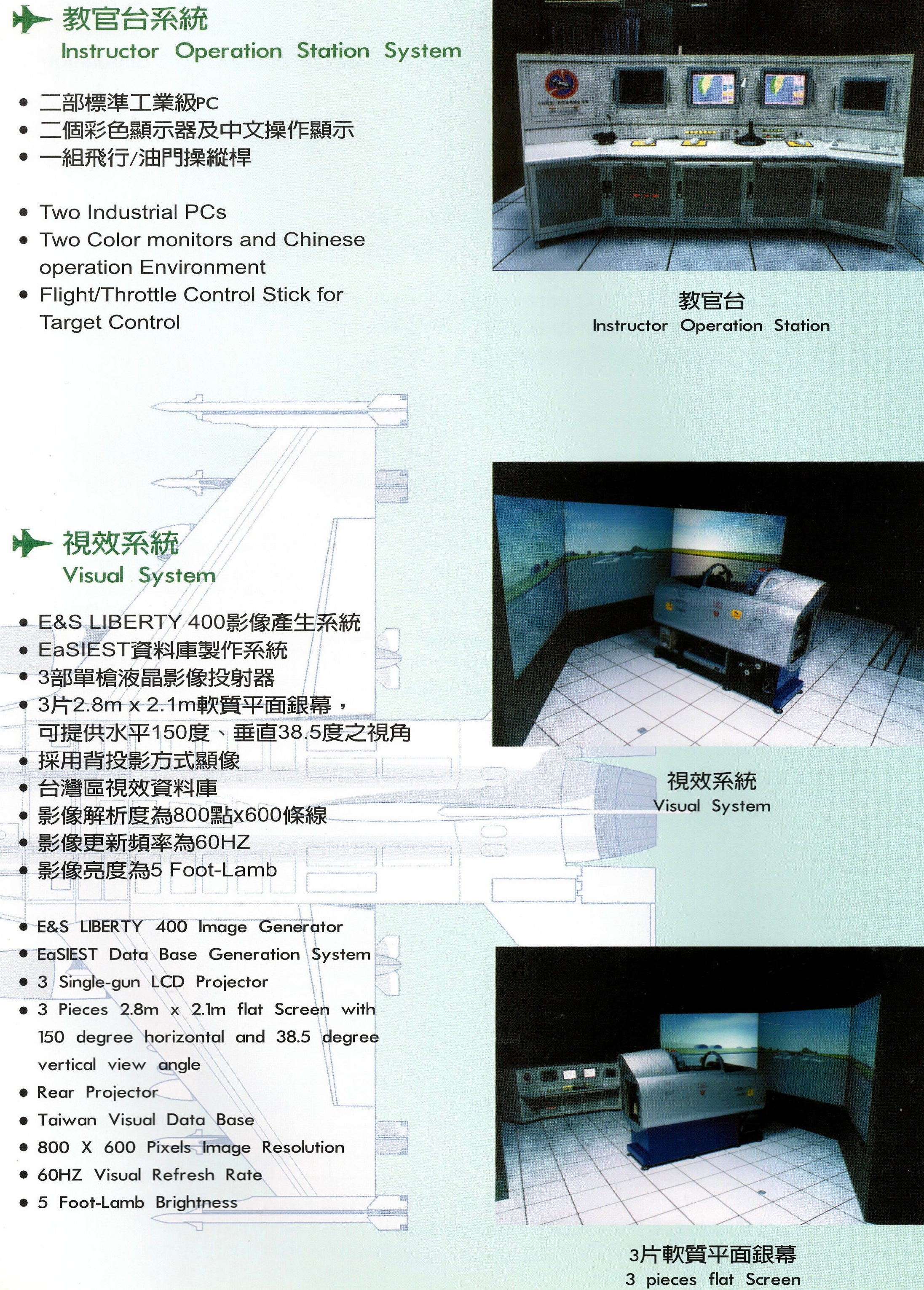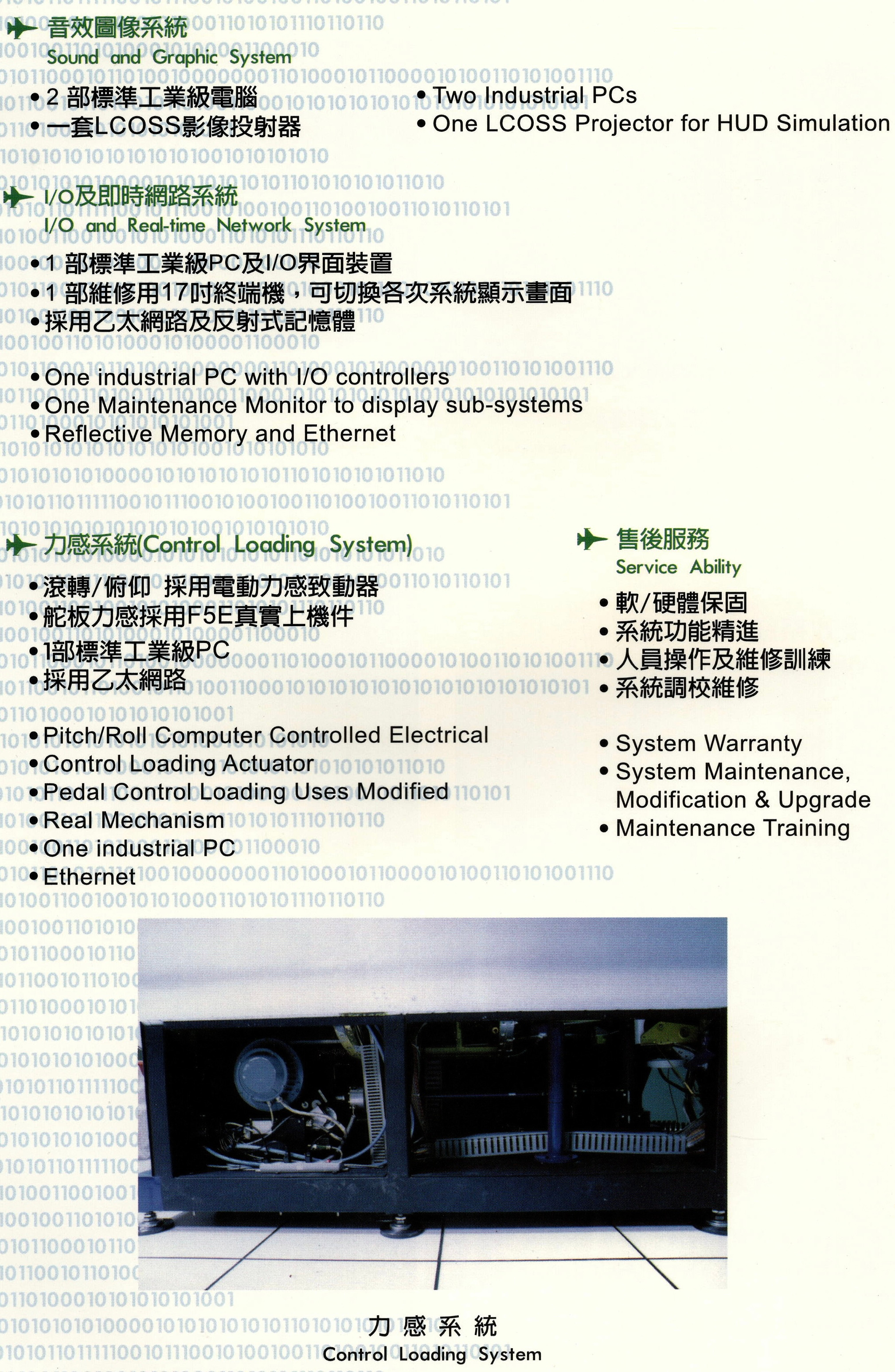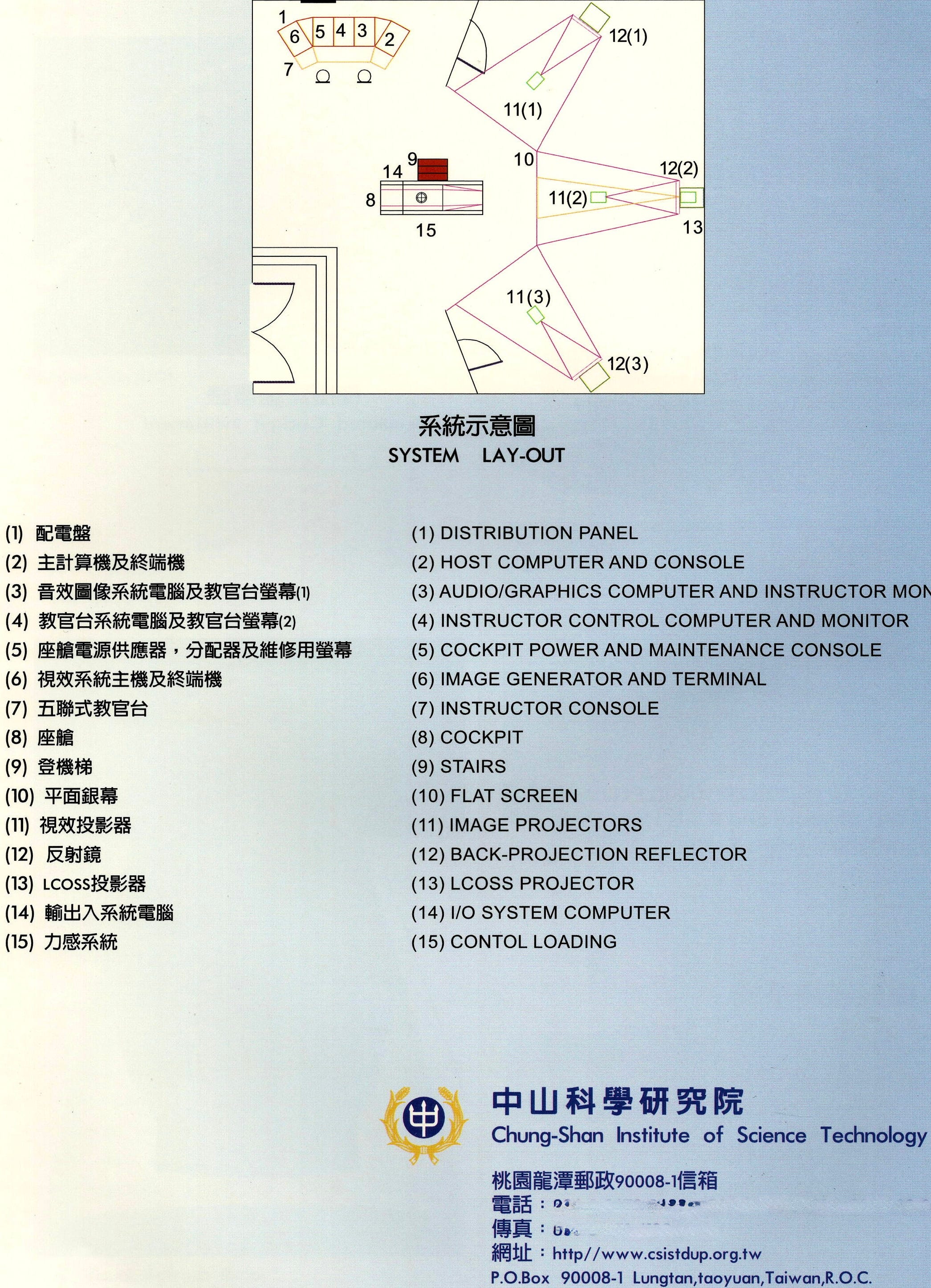China In Arms BOOKSTORE and GIFT SHOP!
Follow on Twitter
Subscribe: $5 Month/$50 Annual (unable to secure a subscription contact the bank for permission for Stripe deposits).
All articles are paywalled after 24 hours.
25 June 2023 (Sunday)
Tigers - Taiwan and the Philippines
How the F-5 Deal Went Sour
By Wendell Minnick (Whiskey Mike) 顏文德
TAIPEI - Taiwan still operates the F-5E/F fighter aircraft for training purposes, but the Tiger has few actual users in the world today.
In the 1979 movie Apocalypse Now it was Philippine Air Force F-5s that were shown dropping napalm in the background of a critical scene in the movie where Colonel Kilgore announces “I love the smell of napalm in the morning.”
Taiwan F-5 pilots took their talents to Saudi Arabia from 1979-1990 in a classified program dubbed Peace Bell training pilots and helping maintain F-5s that were engaging Cuban-piloted fighter aircraft during the Yemeni Civil War. Some have suggested that Taiwan pilots participated in air combat operations, but it has been hard to verify.
When I attended my first defense expo in Taiwan in 2001 the Aerospace Industrial Development Corporation (AIDC) was still handing out brochures for the Tiger 2000 Program, which had already been canceled. I snagged one to file away for a potential article. It never happened, but I had a habit of keeping old brochures and documents in my cabinet.
This week was spring cleaning and when I pulled out the dusty file while rummaging through stuff to keep or burn-after-reading it was a pure nostalgia.
There it was! Perhaps one of the most interesting stories about Taiwan’s last military-to-military program with the Philippines went up in flames, permanently, never to return.
It was more like an obituary, but Manila is the only one at fault.
The flight of the F-5s in Apocalypse Now was most likely was the last time anyone saw them flying a straight line. They were at the end of their lifespan; in desperate need of upgrades or replacements.
That is where Taiwan came to the rescue. Fresh from fighting in the Middle East, the Taiwan Air Force offered to revamp Taiwan’s F-5E/Fs for resale and upgrade the Philippines’ F-5A/B (those suitable for salvage) to fighting condition.
Taiwan also had a RF-5E “Tiger Gazer” 4th Reconnaissance squadron that would have also been helpful to fighting rebels in the south.
Taiwan expected to replace the F-5s with new F-16s and there was also a plan to replace the AT-3 Tzu Chung trainers with an indigenous option.
Both programs were significantly delayed. The F-5s ended up serving in the AJT role and are currently awaiting replacement by the new indigenous AT-5 Brave Eagle. Additional F-16s were delayed under Obama, but released under Trump. Taiwan is also upgrading its Indigenous Defense Fighters (IDF).
It was all for a good cause. Manila was fighting rebels in the southern areas of the country and the fighter aircraft was perfect for them. They already had the maintenance and training element for the Tiger and plenty of pilots ready to napalm some rebels.
The finances of the deal were unclear, but well within Manila’s defense budget. The F-5s were last fighters in their inventory and the program was a win-win for both Taiwan and the Philippines.
However, not everyone was happy about it.
I had met with a Taiwan Air Force attaché in Washington in the mid-2000s who explained why the program was stopped.
China went apeshit over the deal and began bribing key legislators and military officials to kill the program.
China did not want the Philippines patrolling the South China Sea and it certainly did not want improvements in mil-to-mil relations between Manila and Taipei. Beijing’s goal was to isolate Taiwan and besides the folks in Manila were bribable.
The U.S. military had been kicked-out in 1990, along with a sizeable amount of income from Clark and Subic that filtered its way into the pockets of politicians and military officials.
During an interview with a Philippine military official in the late 2000s I was told that most of the legislators taking bribes from Beijing were “Chinese-Filipino” and Beijing was expert at influencing the Chinese diaspora in not just the Philippines, but other Southeast Asian countries, as well.
Below is probably the last remaining evidence the program ever existed.
BELOW: Aerospace Industrial Development Corporation.
BELOW: National Chungshan Institute of Science and Technology (NCSIST)





